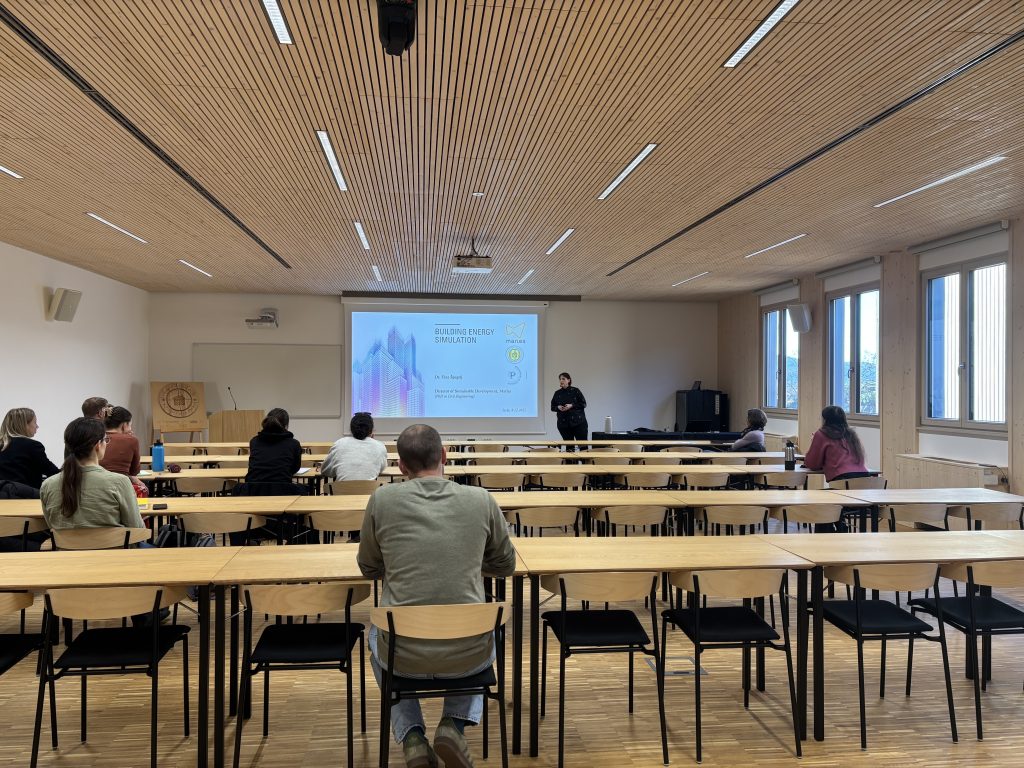
December 10, 2025

Earlier this year, we discussed Aristotle’s principles on mechanical issues of bending and splitting wood. If we can agree that Aristotle was predominantly a philosopher, which it could be agreed that he was a scientist as well, it is less obvious how we decide to categorize Rafael, who painted Scuola di Atene. When we also include his contemporaries, Leonardo da Vinci or Michelangelo, we start to really spark a discussion. Were they artists or scientists? A genius, a mastermind is among the frequent answers to such questions. Nonetheless, isn’t there always a little bit of an artist in a scientist, and vice-versa, or have we completely lost the connection between these two fields?
To check it for ourselves, the LOOSE CELLS project was designed to find out what happens when we blend science, art and technology. It started as blending seemingly contradictory fields and evolved to separating them into individual cells. Based on multiple lectures as well as workshops, we started to transition from losing cells on a physical level, to decomposing the idea on the metaphysical. Learning of principles in art and those in science, we started to realize that seldom in history have those two been separated. There is undeniably a fine touch needed to create breathtaking masterpieces that tend to astonish observers even today; however, it would never be possible without knowing the simple science behind materials.
This has been important on the level of choosing the correct tools, as well as working materials, to pick suitable stone, canvas and knowledge about how to mix pigments into desirable, long-lasting paint. In the present time of modern and contemporary art, the connection between science and art remains as strong as ever. Commonly, one can find an art piece that in its production used modern technological innovation sooner than the majority of mankind. Speaking of innovations, plenty of social and economic innovations have been created through art-science collaborations. Looking at it from a different perspective, a majority of scientific discoveries would not be here without artistic creativity that sparked the process of wondering and, later, an innovation.
The final product of the LOOSE CELLS project was an art-science object, which has been designed by students of diverse levels and backgrounds under the guidance of various mentors, covering artists, scientists, professors, curators and many more. This art-science object was set to speak for the social starting points of art and science collaboration. Such starting points tend to be critical in social discussions, like climate change, sustainability, human-nature-technology relationships or rising sea-levels.
Respective to the different perspectives of the individuals involved in the process at those junctions, the final product consisted of three sub-products, three cells working on their own, but together creating a higher form of life, emphasizing the idea of the project. There are totems of simple and minimalistic design to include art and lifestyle trends in the art piece, which resemble trees and their communication. Secondly, there is a main physical piece of artificial tree assembled from wood waste sourced at the construction site of the new InnoRenew CoE building in Izola, Slovenia. This tree with its branches illustrates human-nature-technology-art-science relationships. And finally, there is also a QR code with an app for photosynthesis of the main artificial tree, involving AR technology to assist us on the path to comprehend the art piece fully.
The LOOSE CELLS art-science object has been presented to the public at three locations so far, Izola, Kamnik and Koper, and it will also be presented in Nova Gorica. This again implies that art-science collaboration is not bound to a specific place or time; quite contrary, it is happening independently of these two variables. Innovation is always occurring between art and science, whether the discussion is about a new technological aid, an innovative derivation of a theorem to its axioms or a new technique to model a sculpture. One can find both in everyday objects, events and ideas.
Urban Kavka,
Student of Sustainable Built Environment, UP FAMNIT